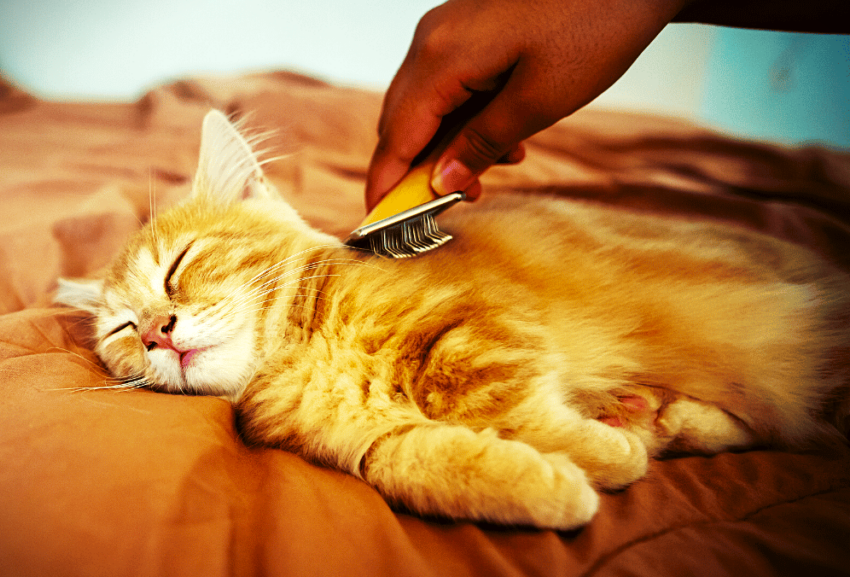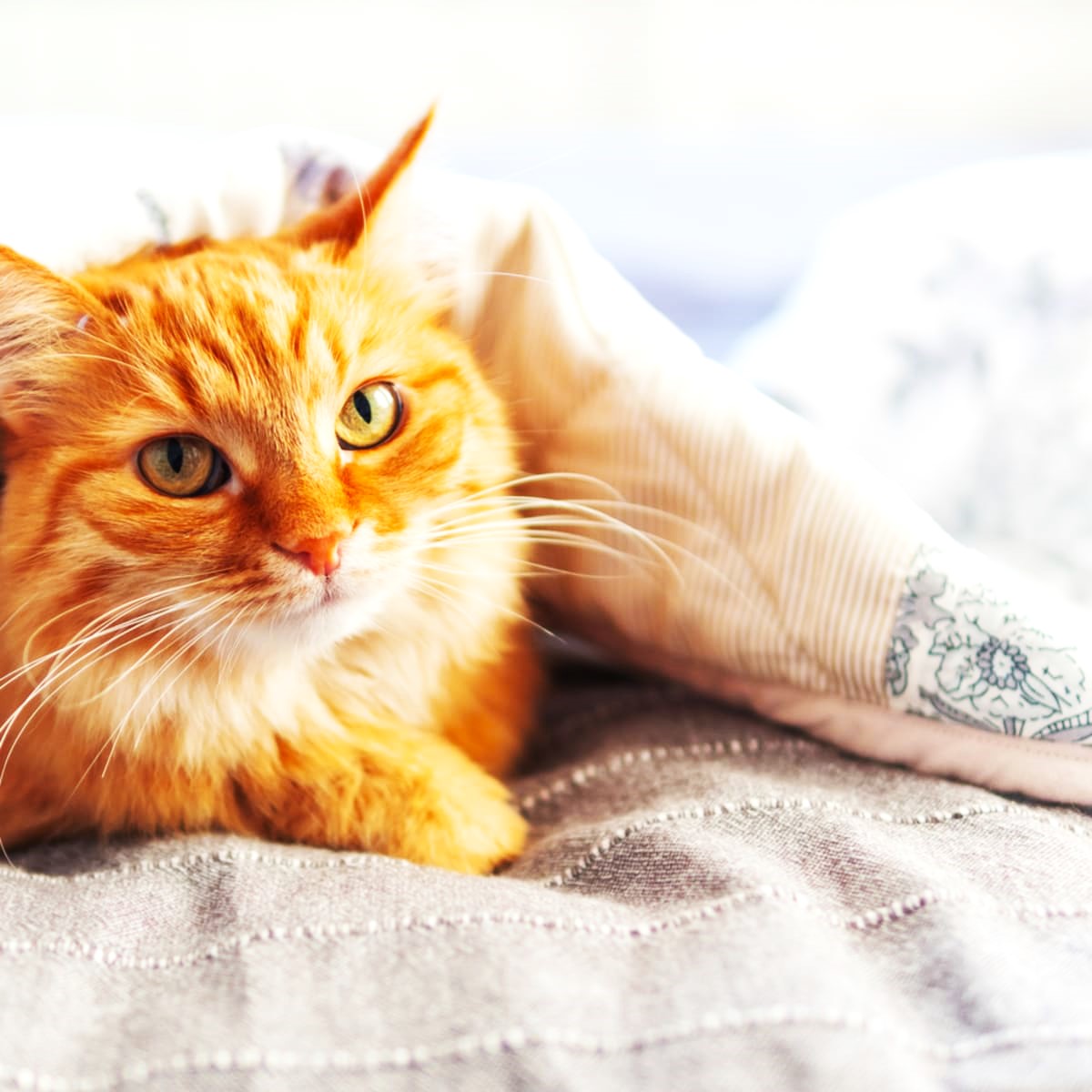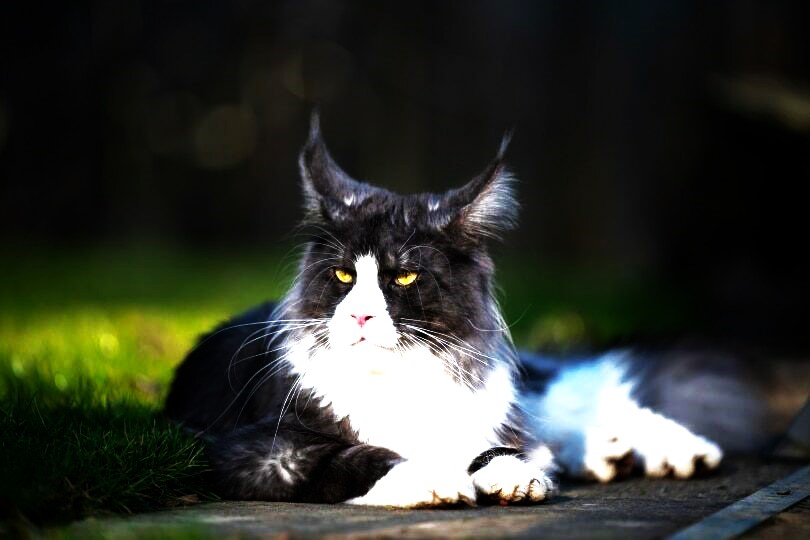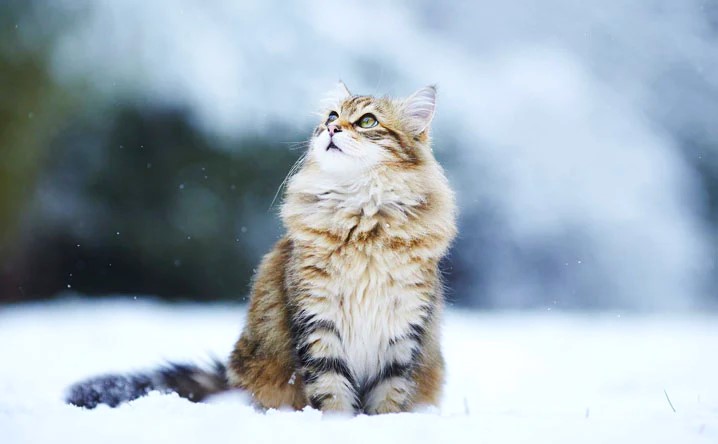Fur vs. Hair
Every mammal, including humans, dogs, cats, whales, pigs, elephants, and monkeys, has hair. The development of each species determines the appearance, feel, and function of the hair.
The distinctions between fur and hair are essentially the same. In technical terms, only very thickly haired mammals are considered to have fur. Since human body hair is sparse, it is typically not referred to as fur. Fur is the term for the body hair that cats frequently have. In certain “hairless” breeds, like the sphynx, the nearly invisible, short downy stuff is referred to as “hair.”
People lovingly refer to their cats as furballs or furkids, while terms like “hairballs” are used to describe the fur that cats swallow and then hack up.
You can think of “cat fur” as a collective term and “cat hair” as an individual strand. For instance, a cat hair is what’s on your black sweater. Though they might be numerous, they are not gathered in one mass like your cat’s fur is. There are two ways to groom a cat: “comb its hair” and “brush its fur.”
Breeders frequently refer to a cat’s furry overall appearance as its coat, which further complicates matters. Breed standards use this term almost exclusively, though you will also see “hair” mentioned, as in “longhair” or “shorthair” divisions or breeds.
Ultimately, you will be right regardless of what you name the soft, fuzzy material that covers your cat’s coat, fur, or hair. Choose the phrase that you feel most comfortable using.
Cat Coat and Hair Types
The structure of cat hair is determined by its type, and it all begins in the epidermis, which is the layer beneath the skin. Just beneath the skin, there is a muscle that is incredibly sensitive to temperature next to the root. This muscle tightens in cold weather or when a cat feels scared or alarmed, which causes the accompanying hair to stand straight up and give the cat the recognizable “Halloween cat” appearance. Cats’ coats can contain one to three different types of hair, sometimes referred to as a “double coat” or “triple coat,” in addition to their characteristic whiskers, which are also made of hair.
Viscera (whiskered)
The long, thick, tactile hairs that grow out from a cat’s cheeks, above its eyes, at the outside of its lower legs, and along the sides of its muzzle are called whiskers. Cats’ ability to detect openings, navigate in complete darkness, and possibly even detect scents is greatly enhanced by their highly sensitive whiskers. Another important feature that helps interpret a cat’s body language is its whiskers.
Protective Hairs
The longer, stiffer hairs that protrude past the “base coat” (awn hairs) are known as guard hairs. These are the hairs that typically define the cat’s basic color. Water is delayed by guard hairs, keeping a cat dry.
Undergarment
They call down the undercoat as well. Warmth comes from the softer, fluffier hair. If a cat is not regularly groomed, this is the hair that gets prone to matting.
Awn Hairs
Depending on the breed of cat, awn hairs can have a variety of meanings, but they typically make up the base coat. Certain breeds, like the Manx, have longer guard hairs than others, while other breeds’ (finer) awn hairs may be the same length.
Vellus
These are tiny, sparse hairs, similar to those on a sphynx cat. (All but a few body parts of humans are covered in vellus.)
Straight vs. Curly Hair
Like in people, cats with curly hair have flattened shafts, whereas cats with straight hair have round shafts.
Allergies and Cat Hair
A small protein particle present in cat saliva is the allergen that cats carry. When they groom, they transfer it to their hair, where it dries into tiny flakes known as dander. The misconception that the “hair” of a cat is an allergen arises from the fact that very long or thick cat hair retains more dander. Additionally, there is dyer everywhere in the house, including the carpets, drapes, bedding, and air. The good news is that allergies to cat dander are typically manageable.




